Francesco Borromini was a 17th Century Italian architect, who helped develop Roman Baroque. Moreover, his personal style is extravagant and dramatic, which is the epitome of Baroque Style.
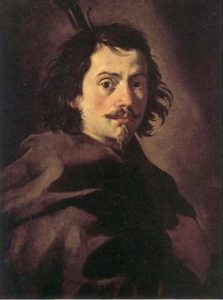
Image source: https://en.wikipedia.org/wiki/Francesco_#/media/File:.jpg
About His Life
Francesco Castelli, or Borromini, was born on September 25, 1599, in Bissone on Lake Lugano. He was a distant relative of the great architect Carlo Maderno. At a young age, Borromini studied bricklayer crafting in Milan, after which he left for Rome. There, the chief architect of St. Peter’s Basilica offered him a job in the church of San Andrea della Valle, which is where he worked from 1621 to 1623. During his work in Rome, Francesco was an average master, while Gian Lorenzo Bernini grew his reputation as a virtuous sculptor. Thus, a rivalry developed between the two masters. Then, in the early 1630s, the situation escalated when he worked under Bernini’s direction in St. Peter’s Basilica and Palazzo Barberini. In addition, the rivalry ultimately led to the tragic death of Borromini.
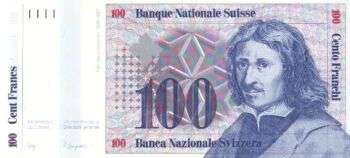
Image source: https://en.wikipedia.org/wiki/Francesco_i#/media/File:CHF100_7_front_horizontal.jpg
His Major Works
- San Carlo alle Quattro Fontane (1638-1646): A small church in Rome built to fit in a cramped and difficult site. Additionally, the church has an unusual and somewhat irregular floor plan in the shape of a Greek cross defined by convex curves.
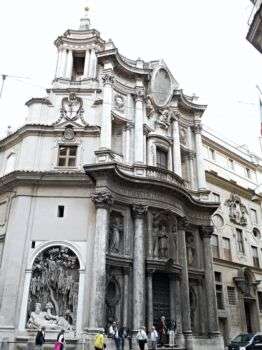
Image source: https://search.creativecommons.org/photos/5a2f4328-d1a1-46a9-95f6-195694c03aa5 by Carlo Raso
- Oratorio dei Filippini or Oratory of Saint Phillip Neri (1637-1650): Adjacent to the Chiesa Nuova and has a striking facade and a complex rhythm of pilasters.
- Sant’Ivo alla Sapienza (1642-1660): Reflects unique architectural motifs that distinguish Borromini from his contemporaries, especially the helicoidal form of the lantern on top of the dome.
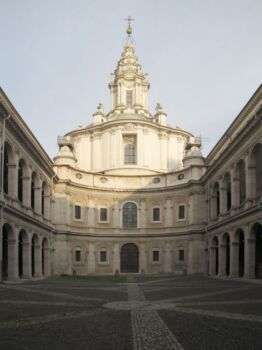
Image source:https://search.creativecommons.org/photos/f11a3bac-9efc-4b4d-bb3b-cf7d6ad1378f by euthman
- Sant’Agnese in Agone (1652-1657): Where he reverted the original plan of Girolamo Rainaldi and expanded the facade to include parts of the bordering Palazzo Pamphilj
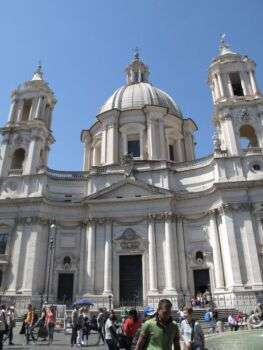
Image source:https://search.creativecommons.org/photos/e1c0c9f6-ee3b-4c68-a9ad-7ec32bac9f25 by dor.szko
Features of His Style
Borromini worked in the 17th century, immersed in Baroque. He studied Michelangelo‘s masterpieces and greatly appreciated the use of dynamic forms in his works. Moreover, Borromini created overlapping ovals, triangles, and squares in his building plans. Also, he used classic (Ancient Greece and Rome) architectural elements, which were popular already during the Renaissance, but gave them new interpretations. Further, His architecture are described as innovative, characterized by curved lines and combined geometric shapes.
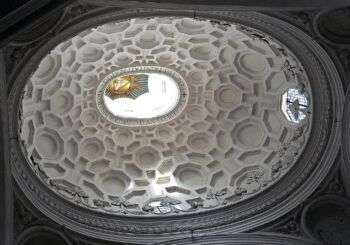
Image source: https://search.creativecommons.org/photos/d38ba636-cbc0-4698-89cd-5e4913f18a96 by Carlo Raso
Info sources:
http://www.encyclopedia.com/people/literature-and-arts/architecture-biographies/francesco-
http://www.newworldencyclopedia.org/entry/Francesco_Borromini
http://study.com/academy/lesson/francesco-borromini-architecture-works.html

Comments are closed.